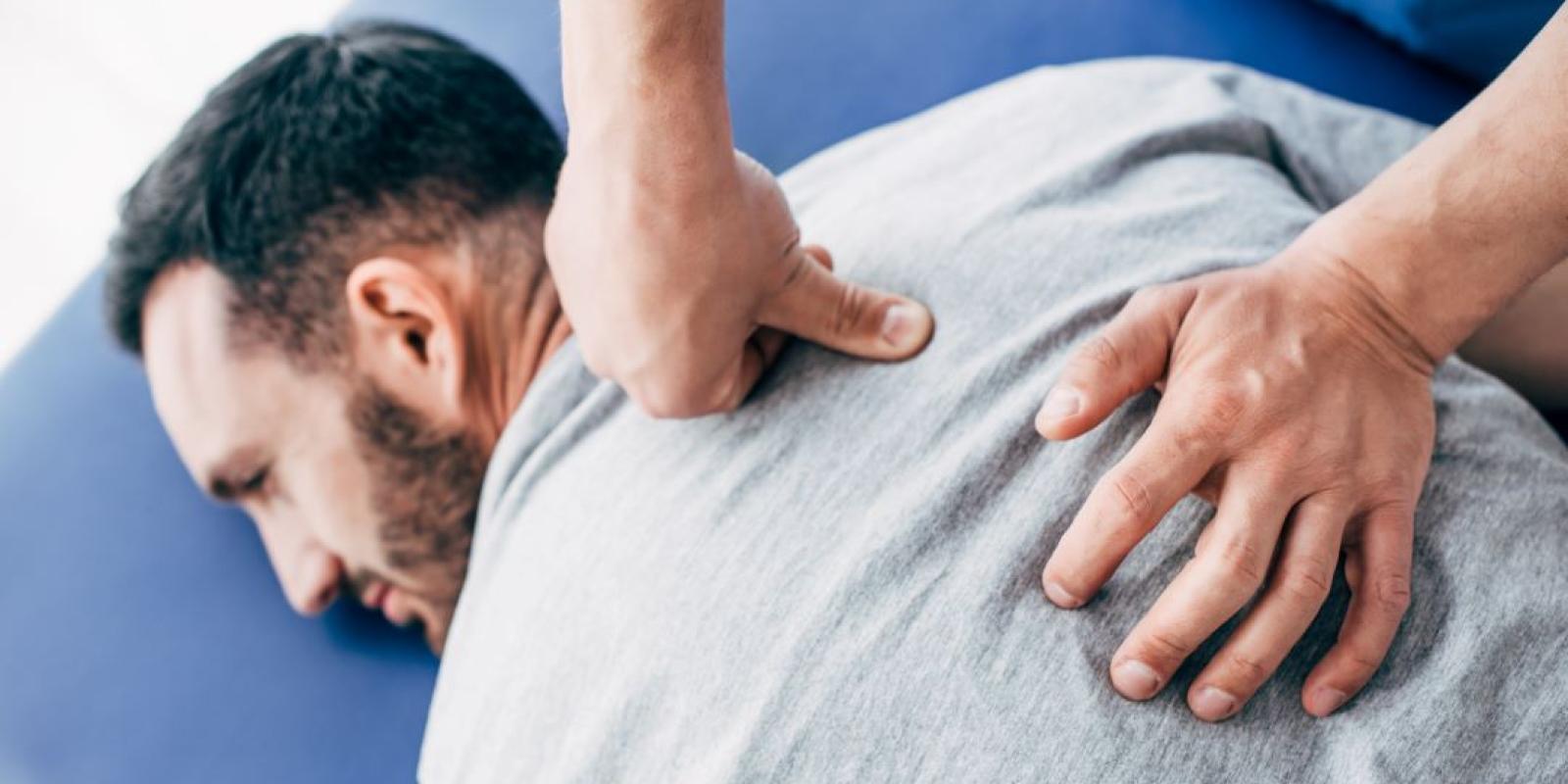In many areas of health research, men's health and health-related behavior have been studied more frequently than women’s. But this does not apply to research into complementary and alternative medicine (CAM), according to Agnete Kristoffersen, senior researcher at NAFKAM:
- Here, we have more knowledge about women. This is because women use more CAM than men do, and are also more willing to take part in and respond to surveys than men. As a result, we end up with less knowledge about men who have cancer and use CAM.
Kristoffersen adds that data on women's choices in this field cannot be automatically transferred to and valid for men, and that she and her research colleagues want to explore the male perspective.
- Men and women behave quite differently when they have health problems. They use different treatments and for different reasons. What we have seen so far is that men go for more physically orientated treatments, such as naprapathy*, acupuncture and massage . Women also use these, but they also choose other modalities, such as coaching, homeopathy and herbal therapies, she says.
Can provide valuable insight
Kristoffersen has a background in gender research and has previously studied how men and women use language differently in health-related settings. Now, she wants to look at how they relate to health and health choices.
- We believe that men and women often find information about treatments in different ways, and talk about health, disease and treatment in different ways. And in addition, that they choose different forms of therapy, she says.
The researchers hope that knowledge of men’s reasons for use of CAM can contribute to better dialogue between health professionals and male cancer patients. And, that it will contribute to open dialogue about use of CAM.
- If, for example, men use CAM because they have unmet needs; mapping of such needs is interesting and useful in itself. I don't think that the healthcare system necessarily can or should meet all such needs, but it is important to know about them, she says.
Team members: The number cruncher, the clinician and the expert
In this project, Kristoffersen collaborates with the Norwegian Cancer Society, and also has Professor Arne Johan Norheim and Professor Eran Ben-Arye on the team. NAFKAM colleague Norheim is an acupuncturist in addition to being a medical doctor, nurse and researcher. Ben-Arye is also a physician, and directs an integrated oncology program at the Lin Medical Center in Israel.
- It's so cool to work with these guys! As a physician, Arne Johan has an insight into what everyday life is like for men with cancer in Norway. He contributes very important experiences to this project. And, Eran works daily to compose and propose combination treatments of school medicine and CAM for men with cancer, and has a lot of knowledge about what men choose and how they think about the topic. And, they are both men. Providing this perspective must not be forgotten, says Kristoffersen.
Agnete herself, is the “number cruncher” and is enthusiastic about the material gathered.
- In this study, we have a great dataset to work with. We base it on the answers from a survey we collaborated with the Norwegian Cancer Society on. The survey covered both genders and many cancer-related treatments and lifestyle choices. It received a high response rate, which gives us very strong material to work with, she says.
The Norwegian Cancer Society and NAFKAM received a particularly high response from men, which gave the opportunity to look specifically at the male participants.
- The article is being analyzed and written these days and the aim is to submit it to a scientific journal before Christmas. As soon as they have approved it for publication, we will come back with the main results, she says.
*From 1 May 2022, naprapathy is considered public healthcare in Norway. The survey was carried out ahead of this, when naprapathy was regulated as CAM.
